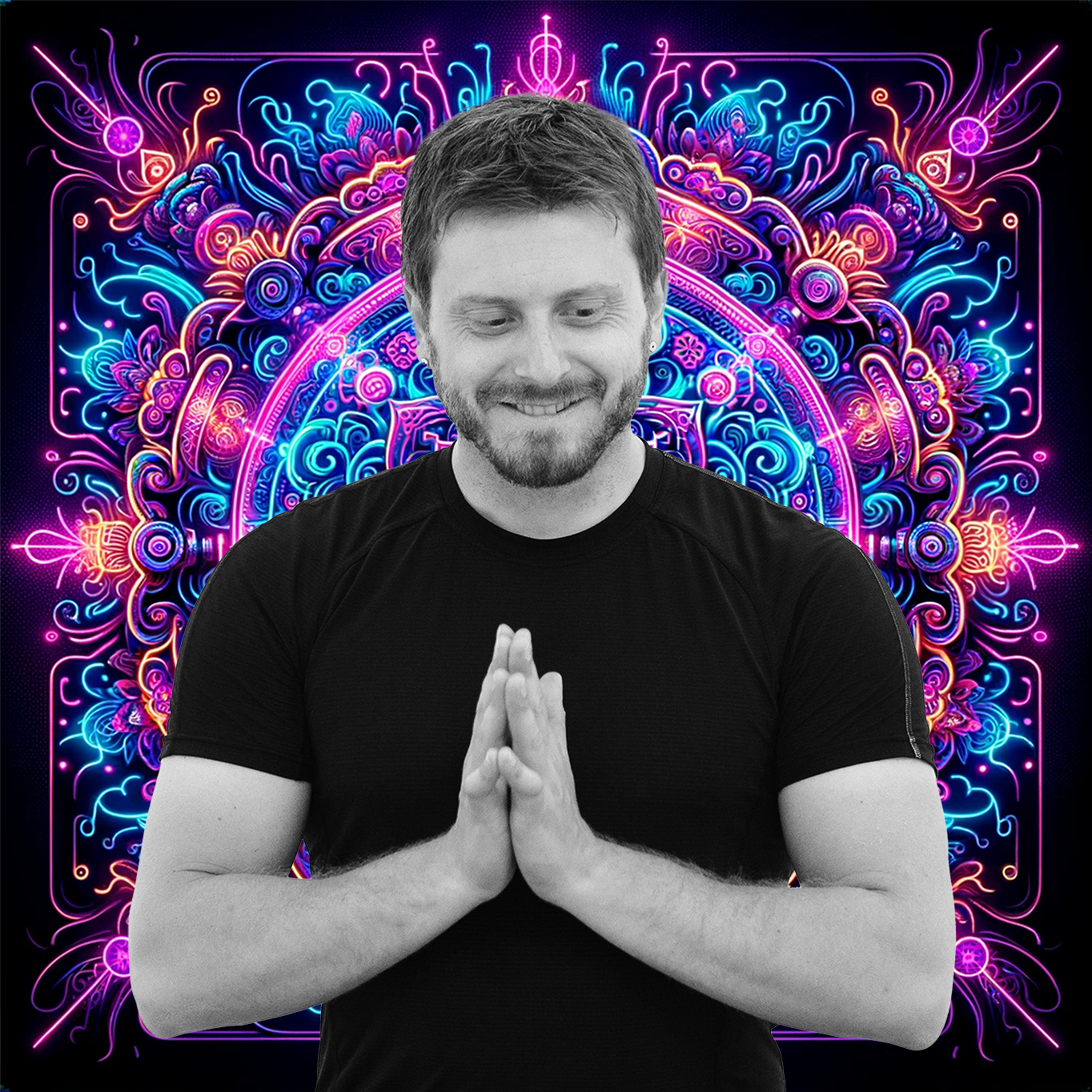Free Your Mind, The Body Will Follow - Why All Yogis NEED A Meditation Practice
Free Your Mind, The Body Will Follow
Physical Barriers
Spring 2009. In a humid room in downtown Boston I’m attempting to will my way through the intimidating Primary Series of Ashtanga Yoga. Even though I’ve followed the practice for a few years, it’s not coming easily. While the other yogis around me seem to float and glide effortlessly through the poses, I’m left feeling frustrated. And then I hit my wall - Marichiasana C. The deep twist and bind are at the very limits of my flexibility. Fortunately, my teacher patiently comes over to assist me into the pose. I puff through the five deep Ujayi breaths and at the end I release a deep internal sigh of relief. The torture is over for today. Still, I know it won’t be long till the next challenging pose comes along to kick my ass.
Marichiasana C
Even though I was basically a novice at that point in my yoga career, I had a passion and dedication to progress. I was convinced that I just needed more willpower - more strong effort in the poses. Later that spring I was proved quite wrong in my assumptions. There was a huge component that would prove to be key for opening up my physical practice.
The Great Escape
That May that I went on my first nine-day meditation retreat at the Insight Meditation Society in Barre, MA. While I had been sitting regularly at home, this was my first experience in deep meditation over a long period. All of the attending yogis maintained silence throughout the nine days. The schedule was a relatively rigorous alternation of 45 minute sitting mediations and 45 minute walking mediations. This was broken up with three meals a day, and a dharma talk in the evening.
Insight Meditation Society
Like any new yogi, I was initially a bit shell-shocked. My mind ran wild. I had a hard time sitting. I was filled with aches and pains, and honestly bored out of my mind. But I remembered something that my teacher Josh Summers had told me before I left: “Just follow the schedule to a T. Do the practice and try to stay as focused as possible.”
By the fifth day, something remarkable started to happen. My body began to relax completely. The 45 minute mediations went by with little physical discomfort, and while not easy, they were certainly accessible. By the end of the retreat I could essentially sit for as long as I wanted with almost no aches in the body.
Strangely, what I found most confusing was that throughout the retreat I had essentially put my yoga practice on hold. I wasn’t doing any regular asana, and was sitting still for about 6 hours a day. I wasn’t spending lots of time stretching, or even moving. How come I wasn't a bound up mess of knots??
It was on that retreat that I realized that there can never be a relaxed body with a restless mind. Similarly, a deeply relaxed mind is a surefire path to a deeply relaxed body.
After several days of silence and no distractions my chatter had finally settled down. The calmer my mind got the more relaxed my body got. This is how monks and other experienced yogis can sit for hours and hours on the cushion without breaking their bodies. There is a profound link between the nervous system and physical tension, and it’s accessible if we truly commit to our practice.
Return To The Lions Den
I returned nine days later feeling like a new person, and ready to return to my Ashtanga practice. As I breathed my way through the poses I reached the dreaded Marichiasana C pose and my teacher began to approach me to help. But by the time she had arrived at my mat something amazing had happened. I was already fully bound and breathing comfortably in a pose that just nine days prior had felt tortuous. I had never done this before, and honestly, even since then I can’t recall the pose feeling so effortless. She looked and me in the pose, let out a little laugh and said “Well isn’t THAT interesting??”
That day I learned something profoundly important about the connection of mind and body. We may have the most dedicated physical practice in the world, but if we are not doing work on the mind we’re missing perhaps the most important part of the picture. Since then I’ve even noticed that seated meditation is one of the most powerful tools to help my physical practice. Quiet body - quiet mind.
Don’t Have Nine Days?
Now even if you don’t have time for a nine day mediation retreat, you can still get most of the benefits of a quiet mind into your asana practice. It’s no coincidence that most yoga styles place so much emphasis on the breath. By staying focused on the breath throughout your practice you are essentially doing a short mediation in each pose. The chatter will quiet down, and the body will begin to relax.
I’d recommend developing a seated mediation practice for absolutely everybody, even if you never even step onto a yoga mat. Just 15 minutes a day will slowly chip away at the restlessness of the mind, and you’ll start to find that the benefit will bleed-over and help to calm the body as well.
While of course there is a tremendous benefit to the asanas, bodywork, and the likes, I would encourage you to see how developing mindfulness and concentration can so tremendously help the physical practice. The two truly are both sides of the coin. If you practice diligently in both areas, I guarantee you will notice great rewards.
Have you noticed a connection between your yoga and meditation practices?? Let me know in the comments below.


